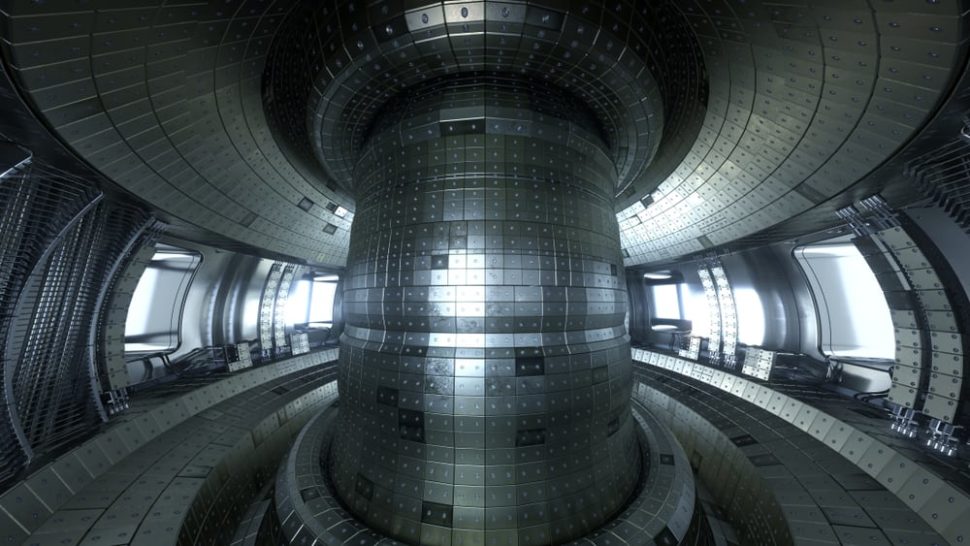Scientists have cleared yet another major hurdle, increasing the faith in the tokamak technology to bring fusion power to the world.
To make fusion power a reality, scientists are tackling and solving the technical challenges surrounding it one by one.
First, the ability to reach temperatures near those at the Sun’s core and more in a contained environment is a central issue that is, naturally, difficult to achieve.
Tokamaks represent the most potential technology in that regard, and recently a startup could run its prototype device at 15 million °C, with the next goal being 100 million degrees.
Then, there’s the problem of unsteady operation as even though tokamaks can heat their core to astronomical temperatures, they can’t keep the fusion going for enough time, and only shoot pulses of plasma for a fleeting moment.
Already, the ability to create the steady operation of tokamaks has been taken care of.
However, with a steady flow of plasma comes another problem, that of plasma stability, and science might have found a solution to that as well.
Another Major Problem Facing Nuclear Fusion Solved
There’s still one engineering hurdle for fusion power that experts can see: instability of plasma inside tokamaks. This is due to a byproduct phenomenon that’s also one of the natural phenomena of stars.
As the core of the Sun churns plasma, energy accumulates on the surface of the star where particles are violently ejected in the form of electromagnetic waves.
These electromagnetic eruptions can reach and affect the Earth’s atmosphere, and sometimes can be dangerous, by causing a general breakdown of the electrical grids or GPS systems.
The same phenomenon happens inside a tokamak reactor albeit on a much smaller scale.
Plasma inside the tokamak generates solar flare-like flashes of energy, called Edge Localized Modes (ELMs).
This makes the stable confinement in a reactor extremely difficult. If any of these chips strike the reactor wall, they can damage and stop plasma production.
While solar flares are discharged into space, ELMs hit the inside walls of the tokamak, causing the plasma to become unstable, and could bring the nuclear reaction to a halt.
Now, engineers at the Princeton Plasma Physics Laboratory (PPPL) have found an approach to control ELM bursts and keep plasma stable.
To do so, PPPL scientists have to “disturb the plasma with small magnetic ripples called resonant magnetic perturbations (RMPs) that distort the smooth, doughnut shape of the plasma — releasing excess pressure that lessens or prevents ELMs from occurring. The hard part is producing just the right amount of this 3D distortion to eliminate the ELMs without triggering other instabilities and releasing too much energy that, in the worst case, can lead to a major disruption that terminates the plasma”.
To prove their method, the team used a tokamak device at KSTAR, the Korean Superconducting Tokamak Advanced Research facility, “whose 3D coils with many degrees of freedom in the coil space make it unique for this purpose”.
Researchers think they can improve the efficiency of their approach for tokamaks in general, especially for the ITER project, the international project that’s currently under development in France, and which holds the world’s hope at harnessing the clean and endless fusion power.



















Is fusion power is within our grasp?
Before now it’s all been publicly funded research.
Thanks Derrick. Today it’s such a dreamy source of energy.